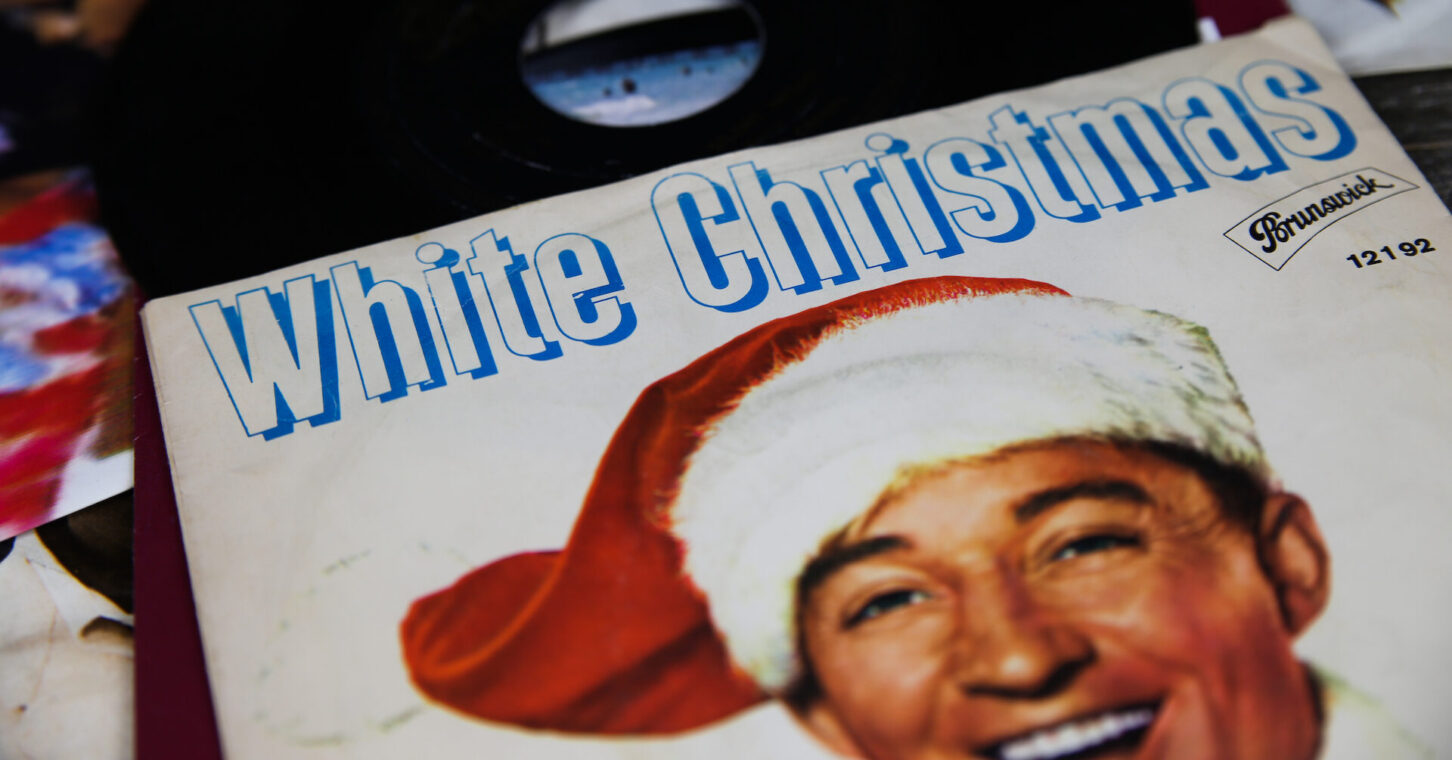
The “pop” in pop culture means popular, and our culture is always popping with change. New tastes, new trends, new fads – the one constant is new.
Except this time of year.
This week, the week of Christmas, Billboard’s “Holiday 100” is a blast from the past. The top song on the chart, Mariah Carey’s “All I Want for Christmas Is You,” will turn (gulp) 30 next year. The list grows older from there: The songs in descending order date to 1958, 1957, 1984, 1965, 1963, 1963 again, and 1959 before we get to Kelly Clarkson’s 2013 single, “Underneath the Tree.” The top 10 is rounded out by a classic from 1970.
That’s two out of 10 that were recorded during the lifetimes of most Americans. The same proportion holds in Nos. 11-20, and one of those is a new recording (by Michael Buble) of an old standard (“It’s Beginning to Look a Lot Like Christmas”). It’s much the same all the way through the list.
Granted, “Santa Baby” (1953) isn’t exactly “Good King Wenceslas” (1853) or “O Come, All Ye Faithful” (1751). But those are still around, too. For an increasingly rootless society, this is an anomaly. What gives? I have a few thoughts.
First, no season is better suited for nostalgia. Christmas evokes childhood memories and childlike wonder. It’s no wonder, then, that our memories of Christmas are set to an older soundtrack.
And because most of us were children after most of these songs were written and popularized – the median age in the United States is 38, after all – that soundtrack hasn’t changed much over the years. Unlike poodle skirts and the Edsel, “Jingle Bell Rock” never fell out of style. Second, and despite the oft-proclaimed “war on Christmas,” our cultural revolution hasn’t come yet for most of our yuletide totems.
Oh, there was a #metoo moment of scorn for “Baby It’s Cold Outside,” with its flirtatious lyrics deemed by some as tantamount to promoting date rape. But even that song appears twice on the Holiday 100 – one of them a rendition from 2014.
Otherwise, Christmas carols haven’t bumped up against cancel culture. Rudolph might have been bullied a bit by his fellow reindeer, but the happy ending keeps listeners satisfied. Expressly religious lyrics still get commercial airtime beyond dedicated Christian stations. No one has come up with a reason for the Peanuts or the Chipmunks to be blacklisted, or for any songs to be discarded because of the personal foibles of their writers.
May it stay that way.
But the third reason may be the most important, one that gives me hope for our culture more broadly. It’s that we haven’t yet given up on the idea that tradition has something to teach us.
The English philosopher and Christian apologist G.K. Chesterton, writing about the place of tradition in democracy, likened it to “trusting to a consensus of common human voices rather than to some isolated or arbitrary record.”
The same might be said about tradition in culture. That which stands the test of time is worth considering, if only because it has stood the test of time. That isn’t true about everything from the past; some old cultural works were rightly forgotten almost at once.
But it’s worth honoring those works that were not tossed aside by their contemporaries, or those people’s successors, or however many generations have passed until now. Chesterton continued: “Tradition means giving votes to the most obscure of all classes, our ancestors. It is the democracy of the dead. Tradition refuses to submit to the small and arrogant oligarchy of those who merely happen to be walking about.”
In a way, then, every time you stream a song by Bing Crosby or the Ronettes, you’re re-counting the votes of those who came before you. It’s a small act of humility and, in today’s world, a tiny act of rebellion. We should all be so rebellious more often.